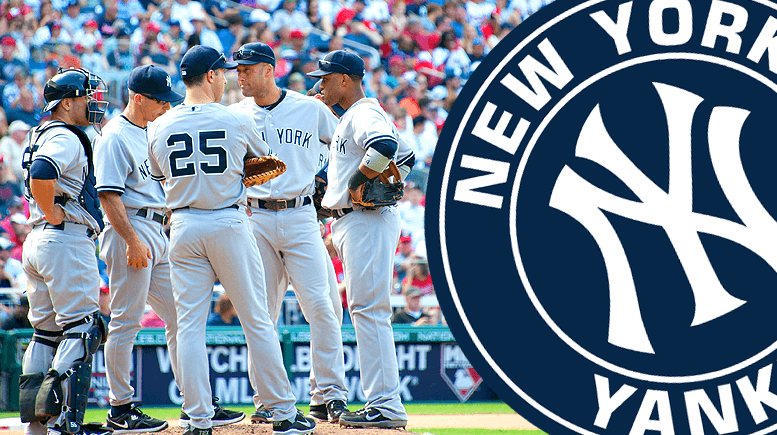Some dilemmas in baseball are as fortunate as they are frustrating. For the New York Yankees, the sudden emergence of Trent Grisham has turned a once-clear developmental plan into a complex outfield puzzle—one that now places top prospect Jasson Dominguez squarely at the center of it.
Grisham entered the 2025 season as a depth piece, valued for his glove and versatility more than his bat. But through the first third of the year, he’s flipped that script entirely. With a slash line of .284/.370/.602, nine home runs, and a .972 OPS, Grisham hasn’t just been productive—he’s been elite.
His plate discipline has fueled this transformation. Ranking in the 94th percentile in chase rate and 87th in whiff rate, Grisham has retooled his approach. A noticeable change in his batting stance has led to better pitch recognition and more quality contact. For a player once labeled as glove-first, he’s suddenly become one of the most dangerous bats in the Yankees’ lineup.
That kind of performance is impossible to ignore, especially on a team still seeking consistency from its offense. And it’s why Aaron Boone has had to find ways to keep Grisham in the lineup, even at the expense of other talented players.
Enter Jasson Dominguez, the 22-year-old phenom once dubbed “The Martian” for his out-of-this-world potential. After a brief debut in 2023 and a rehab-heavy 2024, Dominguez is finally logging consistent big-league at-bats. And while his numbers (.238/.330/.376, 2 HR) aren’t eye-popping, they’re solid for a young player still adjusting to major league pitching.
Dominguez’s upside remains unquestioned. He’s a switch-hitter with raw power, speed, and a strong arm. His approach at the plate has shown patience and maturity, and his two-hit, one-walk performance against the Padres on Tuesday highlighted his ability to contribute quietly but effectively.
The temptation to compare Dominguez’s current output to Grisham’s is understandable—but short-sighted. One is a five-year veteran amid a career-best stretch. The other is a rookie working through his learning curve. Both are important, just in different ways.
The Yankees now find themselves with two players—one surging, one developing—vying for consistent playing time in a crowded outfield that also includes Aaron Judge and Cody Bellinger. It’s not an easy puzzle for Boone, but it’s a good one. Few teams have the luxury of choosing between a red-hot bat and a long-term franchise piece.
Meanwhile, the real question mark in the outfield is Bellinger. Though he showed signs of life on Tuesday with a hit and two runs scored, he’s still slashing a disappointing .205/.281/.359. That’s far below expectations for a former MVP acquired to add left-handed pop and veteran leadership.
If Bellinger continues to underperform, the case to prioritize Grisham and Dominguez grows stronger. Boone may eventually have to shift Bellinger to more of a rotational or DH role, especially if Grisham’s bat stays hot and Dominguez continues to progress.
The Yankees’ success in 2025 might hinge on Boone’s ability to balance the present with the future. Grisham deserves every opportunity to stay in the lineup while he’s raking. Dominguez, however, needs the reps to unlock his immense potential. Navigating this situation with a steady hand will be key to maintaining both development and momentum.
In the end, this is what good problems look like. The Yankees have depth, talent, and options. But as the season rolls on, the pressure will build for Boone to make the right calls—because when you’re chasing a title, every decision matters.
